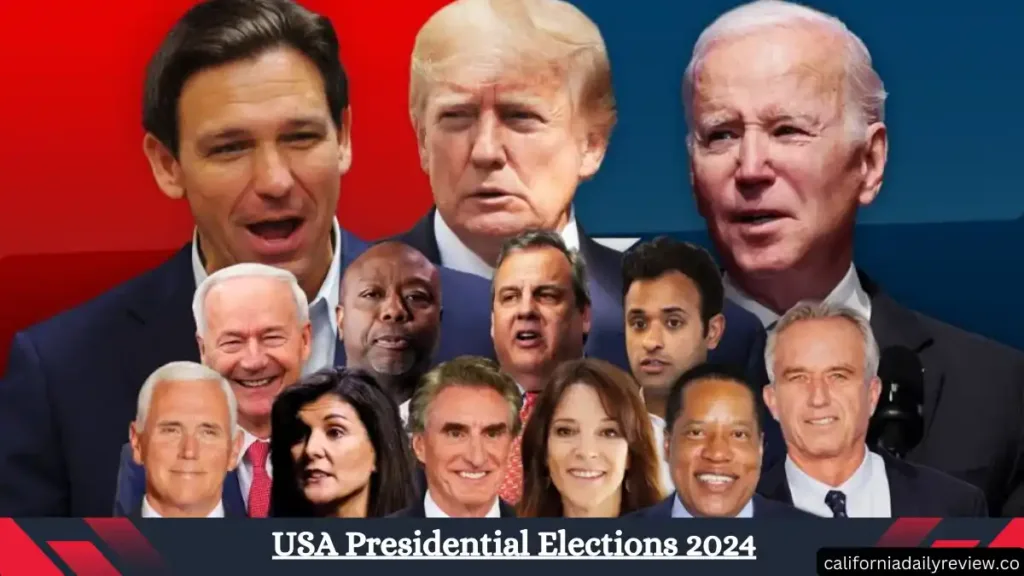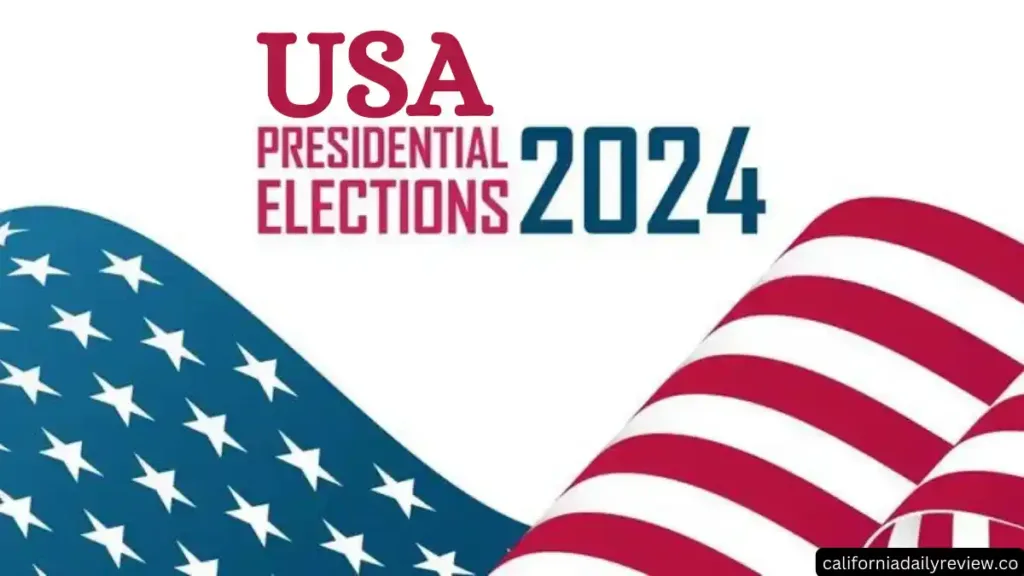US Elections 2024: In the complex landscape of American politics, understanding the intricacies of the US electoral system is crucial for any informed citizen. From primaries to the Electoral College, the journey of electing the President of the United States is a multifaceted process that can be confusing for many. This comprehensive guide aims to break down the key components of US elections. Providing you with everything you need to know to navigate the intricate web of democracy.
The Foundation US Elections – The Constitution and the Right to Vote
At the heart of the US electoral system lies the Constitution, which grants American citizens the right to vote. This chapter explores the historical context of voting rights, from the 15th Amendment granting African American men the right to vote to the 19th Amendment granting women the same privilege. Understanding the evolution of suffrage sets the stage for a deeper comprehension of the democratic process.

The Electoral Process – Primaries and Caucuses
Before the main event of a presidential election, political parties engage in a series of primaries and caucuses to select their candidates. This chapter delves into the differences between primaries and caucuses. Explaining their significance and impact on the selection of delegates who eventually choose the party’s nominee.
Navigating the Convention – The Road to Nomination
Once the primaries and caucuses are concluded, the focus shifts to the national conventions. This chapter examines the purpose of these events, detailing the nomination process and the role of delegates. From keynote speeches to party platforms, understanding the dynamics of national conventions is crucial for decoding the selection of a presidential candidate.

The Electoral College – Decoding the Voting System
Perhaps one of the most perplexing aspects of US elections is the Electoral College. This chapter demystifies the Electoral College, explaining its origins, purpose, and impact on the presidential election. By breaking down the allocation of electoral votes and the winner-takes-all system. Readers will gain a clear understanding of how this unique system shapes the outcome of the race for the White House.
Battleground States and Swing Voters – The Key Players
In any election, certain states emerge as battlegrounds where the outcome is uncertain. This chapter explores the concept of swing states and the crucial role they play in determining the electoral outcome. Understanding the dynamics of swing voters and their impact on the electoral map provides insights into the strategies employed by candidates during the campaign.
Campaigning Strategies – From Debates to Ads
To secure victory, candidates employ a variety of strategies, from televised debates to advertising campaigns. This chapter dissects the different components of a presidential campaign, shedding light on the significance of debates, the role of political ads, and the impact of social media on modern-day elections.
Election Day and the Role of Media
As Election Day approaches, the nation turns its attention to the culmination of months of campaigning. This chapter explores the logistics of voting, from absentee ballots to polling stations. The role of the media in shaping public opinion. Understanding the timeline of Election Day and the media’s influence provides a comprehensive view of the final stretch of the electoral process.

Post-Election – Transition and Inauguration
After the votes are cast and the winner is declared, the transition to a new administration begins. This chapter outlines the post-election process, from the president-elect’s transition team to the inauguration ceremony. By examining the peaceful transfer of power, readers gain insights into the stability and continuity of the American democratic system.






Comments are closed.